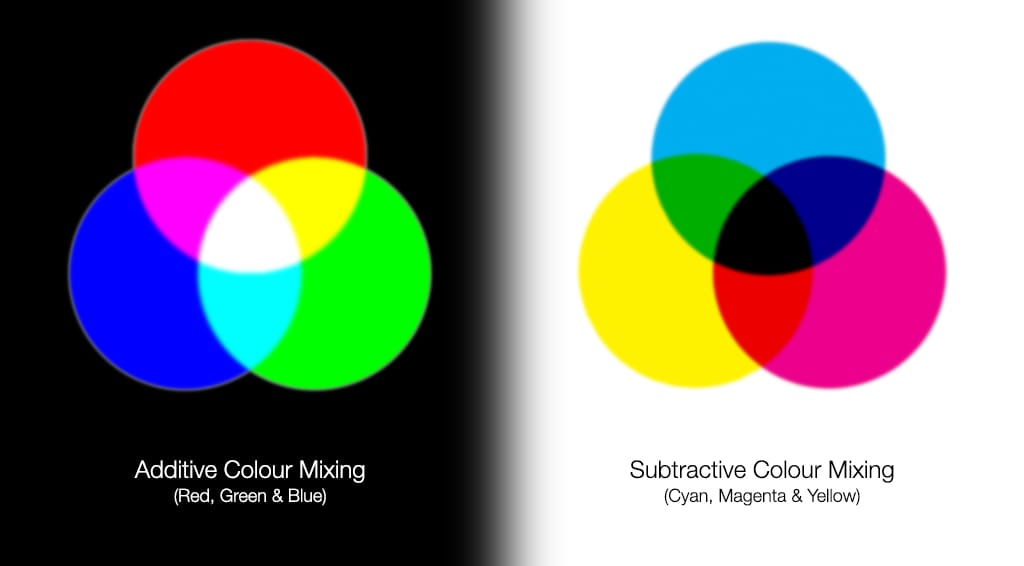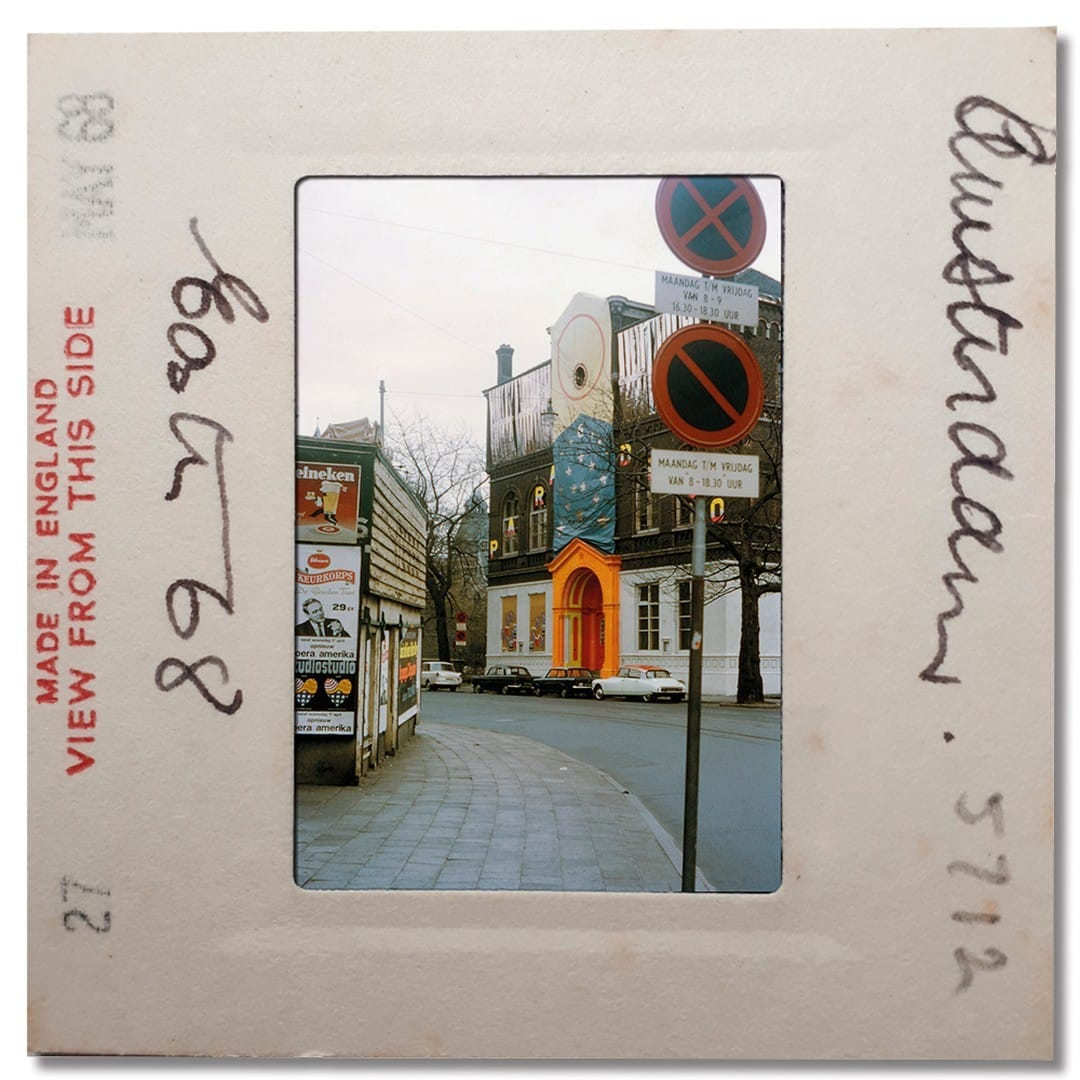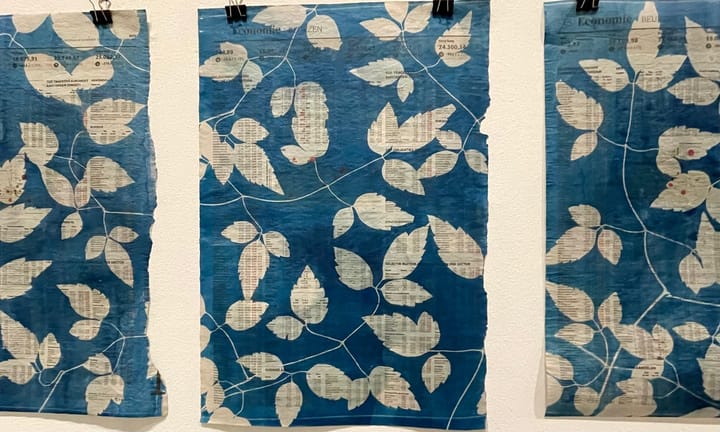The difference between slides and photos
Slides and screens both use light as a direct medium, while photos rely on light indirectly, capturing and reflecting it back to the viewer.

There is nothing more magical than the moment when light shines through a slide. The room darkened, the projector humming, and then that sudden burst of color on the screen.
It was a moment of pure magic, when ordinary images were transformed into bright, vibrant, colorful tableaus. Literally a window on the world.
But what makes slides so unique, so different from photographs? The answer lies in the fascinating world of additive and subtractive color systems .
The magic of slides
My first experience with slides was a revelation. Unlike photographs, which seem to absorb colors, slides seemed to radiate colors. This has everything to do with how slides create colors.
Slides use an additive color system, where light is shone through transparent colors of cyan, magenta, and yellow to create the final color. The light shining through these colors creates vibrant and saturated images that appear to come alive on the projection screen.
Colors in a printed photo
Photographs, on the other hand, use a subtractive color system to create color. This process absorbs and reflects light rather than emitting it.
In photographs, the colours are formed by the way in which the white light of the environment is absorbed and reflected by the dyes cyan, magenta and yellow on the paper. The result is often less vibrant and less saturated than with slides.

Two worlds, two systems
The additive and subtractive color systems are two sides of the same color coin.
In the additive system , as used in slides, white light is created by combining all the colors, while black results from the absence of light.
In the subtractive system , as we see in photographs, the opposite is the case. White is the result of the absence of coloring, while black is created by combining all the colors.

From vibrant slide to muted photo
The difference between additive and subtractive color systems presents interesting challenges, especially when converting a slide to a photo. The vibrant, bright colors of the slide can appear muted and different when printed on paper. This is an essential consideration for anyone working with both digital and printed images.
Understanding the difference between these two color systems has deepened my fascination with the power of color and light. Technology and techniques change, but the fundamental principles of light and color remain.
And it is this knowledge that allows us to create images that are not only visually appealing, but also convey deeper meaning and emotion. Because whether it is a slide or a photo, every image tells a story – a story written in color.
The difference between a photo is also a nice comparison for the difference between colors on a screen and colors in print. It is precisely on the screen that slides come to life again and are more or less animated by light.

Next slide!
Fun fact, once upon a time, presentations were given with a slide projector, where physical slides were projected onto a screen. Although the technology has evolved, we still refer to 'slides' in digital presentations like PowerPoint.
This term refers to that old way of presenting and shows how old techniques continue to leave their mark on modern tools. I found a funny, and for older readers recognizable, fragment with slides.
Short clip from the movie Catch me as you can to show slides as a presentation tool.



